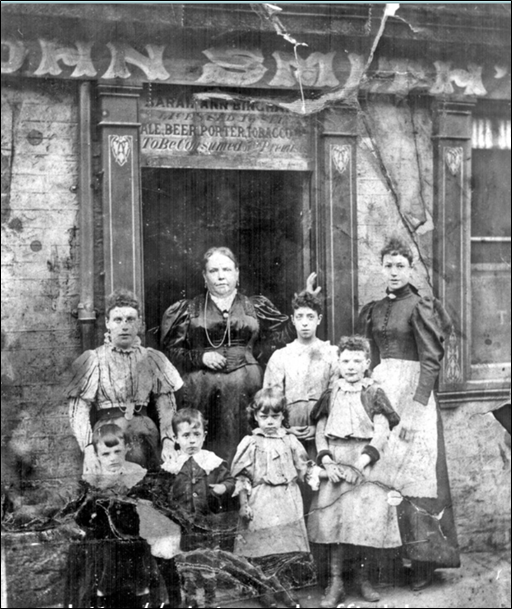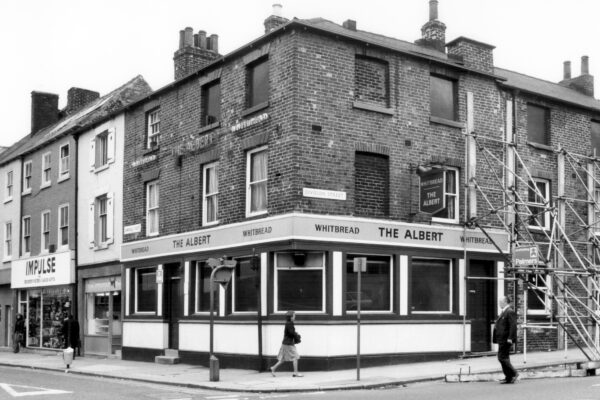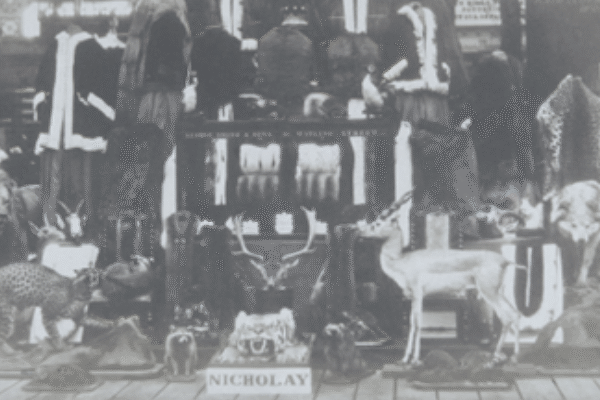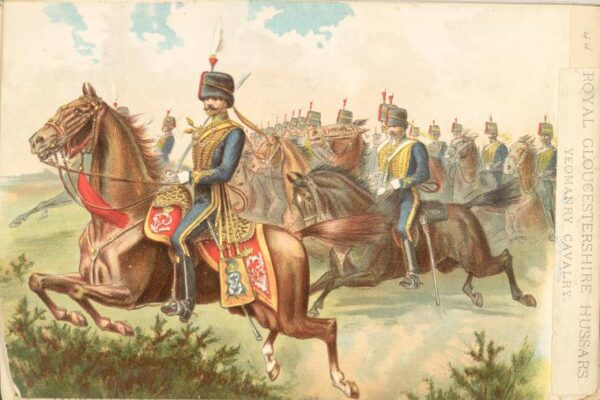
Mrs Sarah Ann Bingham and staff of her beerhouse, 13 Bower Street (exact date unknown, between 1851 and 1899). Source: Picture Sheffield.
Publicans managed fully licensed premises such as hotels, inns and pubs. These were important centres for social and community life, hosting auctions, public meetings, and coroner’s inquests, and providing a base for clubs and societies which often had dedicated club rooms.
In 1830 there was a major liberalisation of the licensing laws when any ratepayer could open a beerhouse for a 2-guinea fee (£2.10). Beerhouses could only sell beer or cider and opening hours were more restricted than fully licensed premises. Beerhouse-keepers often had another main occupation with their beerhouse providing extra income and security in times of unemployment. Beerhouses had a bad reputation, as can be seen in this letter published in the Sheffield Independent in 1869:
It is well known by those who have inquired into this subject that most of these [beer] houses cannot be made to pay except as they assume a character that makes them dens of iniquity. … three-fourths of which are now open, for the double purpose of drunkenness and harlotry.
In 1843 The Vital Statistics of Sheffield reported that there was a licensed premises for every 105 of the population and concluded that:
The main causes of this dissipation are the occasionally high wages received by the artisans, and the exhausting nature of their occupations. In some branches the labour is very severe, especially in many of the forging and grinding departments.

Extract from Drink Map of Sheffield. Dots are ON licences and crosses are OFF licences. Source: Picture Sheffield.
By 1884, when temperance campaigners produced a Drink Map of Sheffield, there were 1250 licensed premises and a further 360 off-licences.
You can read more about people who worked in the alcohol trades and who are buried in the Cemetery in the Sheffield General Cemetery Trust’s publication The Demon Drink.






